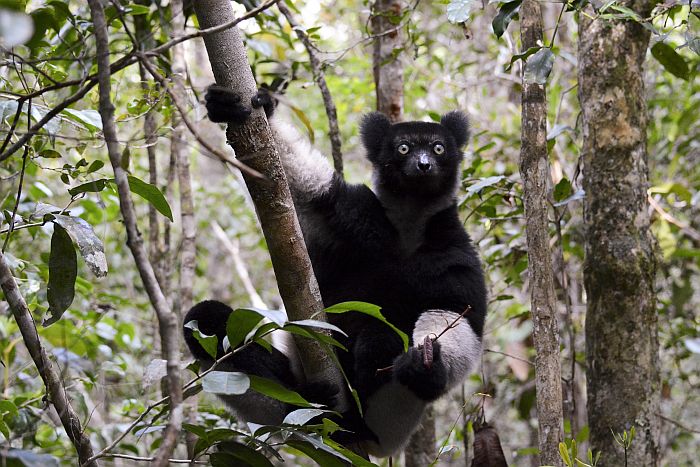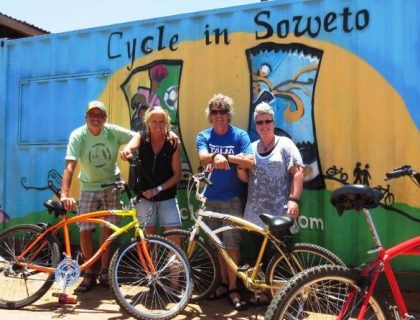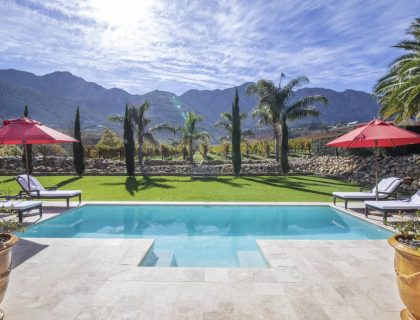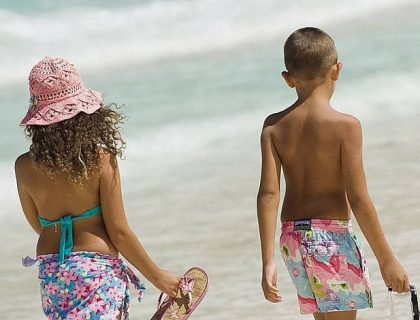Discover our 10 unforgettable Madagascar attractions—from lemur-filled rainforests and towering baobabs to pristine reefs and humpback whale encounters—and see why the Eighth Continent belongs on your bucket list.
Madagascar has been called the “eighth continent,” and it certainly earns that nickname. It is vast. It’s varied. If you cast your mind back to ancient times eg your school geography classes, you may remember about tectonic plates? Gondwanaland was the vast land mass that separated into Africa, India and…. Madagascar.
Split from mainland Africa some 65 million years ago, the world’s fourth‑largest island evolved in splendid isolation, creating a cast of wildlife and floral characters found nowhere else on Earth.
The complete absence of large predators and large herbivores found in Africa, such as lions and elephants, has led to important adaptations. So that now Madagascar has become a veritable treasure trove for nature lovers.
Here are ten reasons to visit Madagascar, an off‑the‑radar destination for your bucket list.
1) Lemurs – Madagascar’s Signature Superstars
Why it Wows:
Madagascar has 103 distinct types of lemurs which all swing, leap and live in the forest canopy. They range from teddy‑bear‑sized, Indri Indri, to the tiny bug-eyed mouse lemurs that can nestle in an egg cup.
Unusual Factoid:
Lemurs are an early primate called prosimians (literally before monkeys). With the separation from Africa, the lemurs luckily found themselves marooned on the remote island of Madagascar. On the mainland monkeys rapidly became ascendant (being faster, more dexterous and more sharp-eyed). Indeed it is Madagascar’s lack of monkeys which has led to the natural prevalence of lemurs with their wonderful climbing and jumping agility
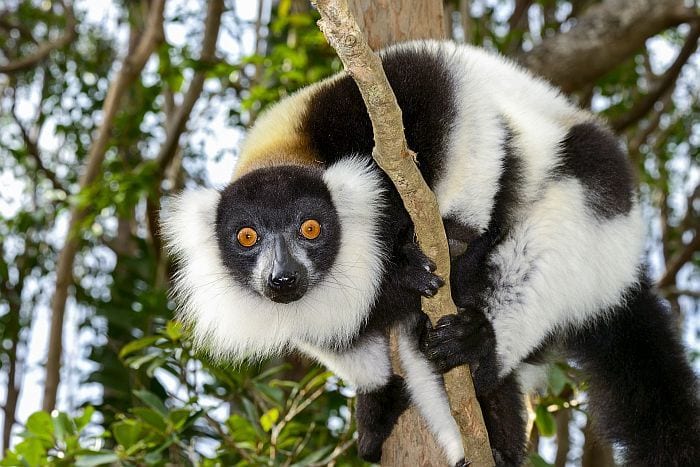
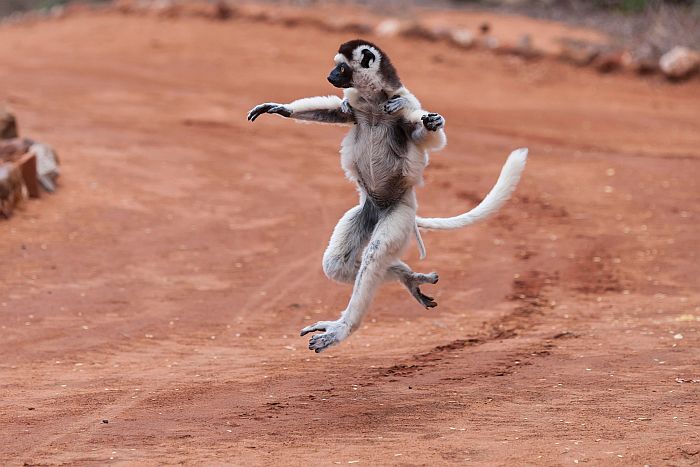
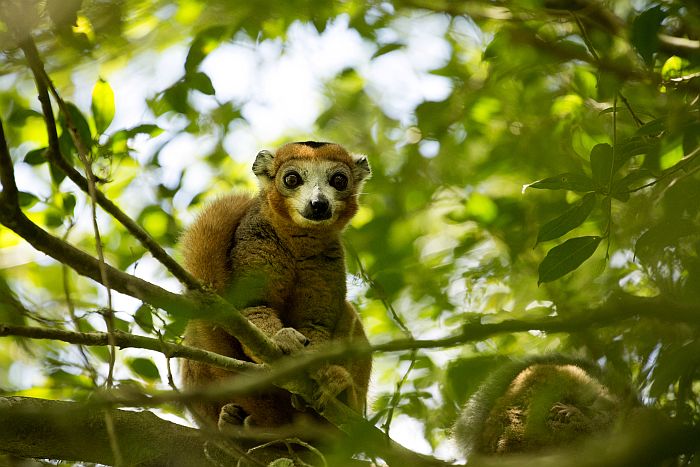
2) Endemic Wildlife Galore
Why it Wows:
- 70 % of the planet’s chameleons
- 240 endemic reptiles,
- 150 types of frogs
- Curiosities like the cat‑dog‑ish fossa, spiky tenrecs and Smeagol‑reminiscent aye‑ayes.
The lemurs are not alone in being unique to Madagascar. The list of endemic species – those found naturally nowhere else on earth – seems endless.
You may see impressive reptiles like the Malagasy Tree Boa. Or a vibrantly coloured chameleons such as the two foot long Parson’s Chameleon which is the largest of its kind. You might also see the giraffe-necked weevil or the golden mantilla frog.
After losing the evolutionary competition against the larger predators and herbivores, Madagascar has been described as a museum but with living fossils. Because much of its wildlife resembles long-lost species on the African mainland.
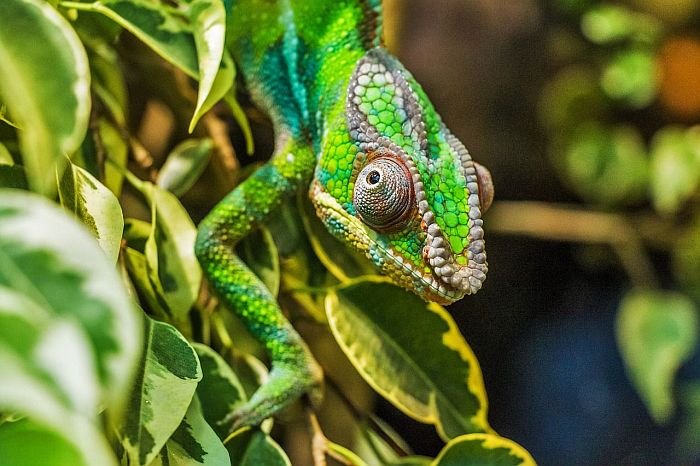
Personal Favourites Include:
- Fossa – these unique animals – sort of a cross between a cat and a dog – were one of my children’s favourite animals in Madagascar. It is the largest of the island’s carnivores. And is the natural foe of the lemurs.
- Aye Aye – this is a rare nocturnal lemur. But it looks so different that it deserves its own description. Imagine Smeagol from the Lord of the Rings, but with even madder eyes and hairy. That’s an Aye Aye! It has one long skeleton-like finger. Very hard to find and pretty scary looking when you do! There is an Aye Aye reserve on the Canal de Pangalanes so thats probably your best chance!
- Tenrecs – fill in the gap that was left by the absence of moles and hedgehogs, and you get a sort of giant spiky shrew.

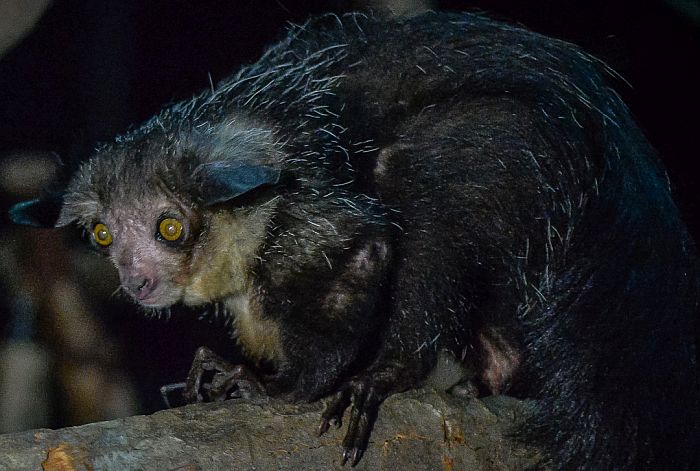

3) Underwater Adventures: Diving, Snorkelling & Swimming with Turtles in Madagascar
Why it Wows: Well-preserved coral reefs teem with Indo‑Pacific fish, manta rays and cruising turtles.
The coral reefs around Madagascar have not suffered the degradation that has befallen so many other tropical islands.
If you are a keen diver or snorkeler, Madagascar offers some world-class diving opportunities. Especially on the smaller islands off Nosy Be, as well as Ile Sainte Marie. We particularly enjoyed being able to snorkel right from the beach at some lodges.

The reefs are home to indo-pacific fish species such as clown fish, angel fish, trigger fish, surgeon fish and groupers. A special highlight is being able to swim with the turtles in some areas.
Where to Visit
4) Trails & Treks for the Active Explorer
Why it Wows: Many parks are road‑free, so the only way in is on foot. Expect rainforest boardwalks, sandstone canyons and razor‑sharp tsingy.
If you are someone who likes to enjoy nature on foot and not only from the confines of a game vehicle, then Madagascar is perfect for you.
Given the terrain in Madagascar’s rainforests and reserves, looking for lemurs and other wildlife always involves walking. The steep terrain and many streams and rivers mean that it is not practical to put in roads in many parks. So you explore via a network of trails.
In addition to walking in the rainforest parks, there are a number of other national parks and reserves which are best appreciated on foot. These include Isalo National Park and Ankarana National Parks. Walks here can range from a 1-2 hour walk to a serious full day hike.
Other Options
In the Southern Highlands, you have several villages which offer home stays. Many of which are in prime walking country. Your local hosts can take you on walks in the surrounding country. You can visit local artisans making rope, weaving, pottery-making and farming. Finally there are some stunning mountainous areas in the Southern Highlands. They can provide 2-3 days of great mountain hiking, albeit staying in very modest accommodation.
There are some pristine areas of rainforest such as the Masoala Peninsula. This rain-forest is difficult to access, except via scheduled charter flight. But look at our Masoala Forest & Anjajavy tour to get an idea.
Ideal spots for Hiking:
Ranomafana National Park
Ankarana National Park & Montagne dÁmbre in the far-north
Mantadia National Park (part of Andasibe)
Isalo National Park – Canyon des SingesRanomafana National Park

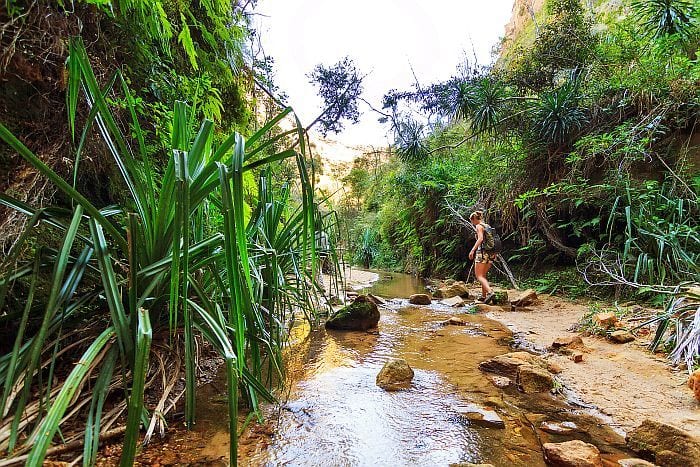

5) Living Malagasy Culture
Why it Wows:
A fusion of African, Austronesian and Arab influences, seasoned with colourful fady (taboos) and tomb‑revering traditions.
Madagascar’s position on the African Asian trade routes of the 15th to 17th century influenced it profoundly. The people are a dynamic mix of African, Arab and Indian origin and share a warm friendly disposition.
Any visitor keen to experience the real Madagascar will enjoy the natural interaction with the locals. Whether it be during a dug-out pirogue (canoe) trip to get to a wildlife reserve, or a boat transfer to get to an island lodge.
There are many different ethnic groups in Madagascar. Many governed by differing Fady (superstitions and traditions) which play such an important part of Malagasy life. Especially where it concerns death, burial and respect for ancestors.
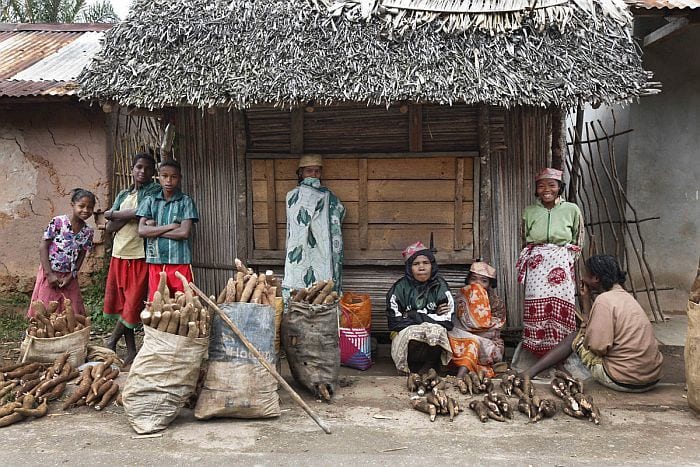
Where to feel it:
- Highland zebu markets
- Traditional pirogue crossings on the Pangalanes Canal
- Coastal Sakalava fishing villages
Interested in booking a Safari or Holiday?
Chat to one of our experienced consultants that’s here to help and guide you. We use our expertise to narrow down the choices and present feasible ideas, so you can relax and ENJOY the planning process! Contact us!6) Birding in Madagascar
Why it Wows:
300 species, 109 endemic. Vangas, couas, mesites and asities headline any twitcher’s wish list.
It is not so much the quantity of bird species on offer in Madagascar that attracts keen birders, but rather that nearly half of them, a staggering 109 species, are endemic! This makes Madagascar one of Africa’s top birding hotspots.
Special mention must be made of the giant coua, crested coua and the velvet asity whilst the vangas and the mesites are among the most celebrated of the endemics. The remarkable variation of climate and terrain has led to whole species of mesites each acclimatizing to different areas.
Keen birders should aim to spend time in each of the three main habitat areas:

- Andasibe-Mantadia National Park (eastern rainforest)
- Ranomafana (also eastern rainforest)
- The tropical dry deciduous woods of western Madagascar
- Dry southern spiny forest around Mandrare, Berenty and Ifaty
7) Jaw‑Dropping Landscapes
Why it Wows:
Baobab avenues, knife‑edge limestone ”tsingy”, lush escarpments and rust‑red canyons – sometimes all in one itinerary.
What often surprises people about Madagascar, especially when comparing it to its smaller neighbours of Mauritius and the Seychelles further to the north, is its scenic diversity. This shouldn’t be surprising considering it is almost 2000km long from top to bottom.
Madagascar has a stunning wealth of natural beauty from dry spiny forests full of baobab trees in the south and west, to lush eastern rainforests, to wetland areas to high escarpments.
The central highlands reach up to 1800 metres with many national parks starting above 1500 metres in elevation. Contrast this with the tropical beaches of the coast and you have a varied country to enjoy.
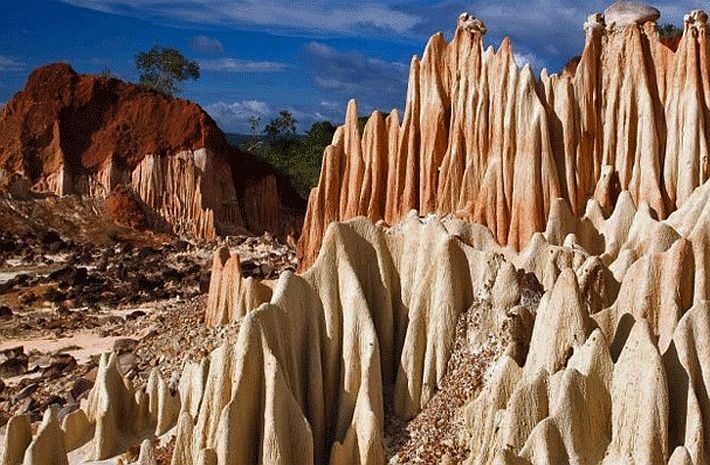
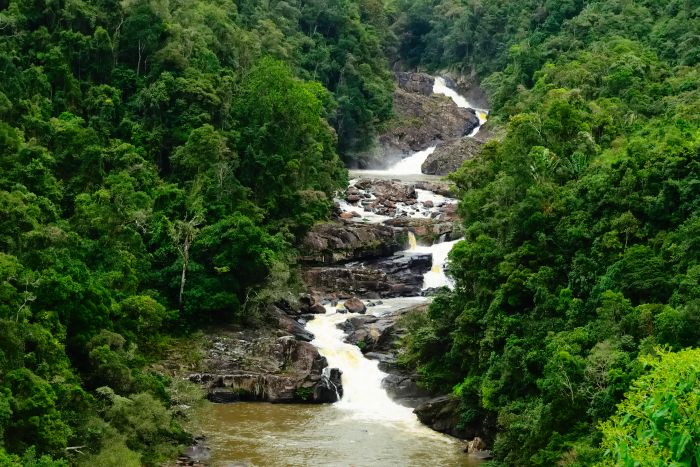
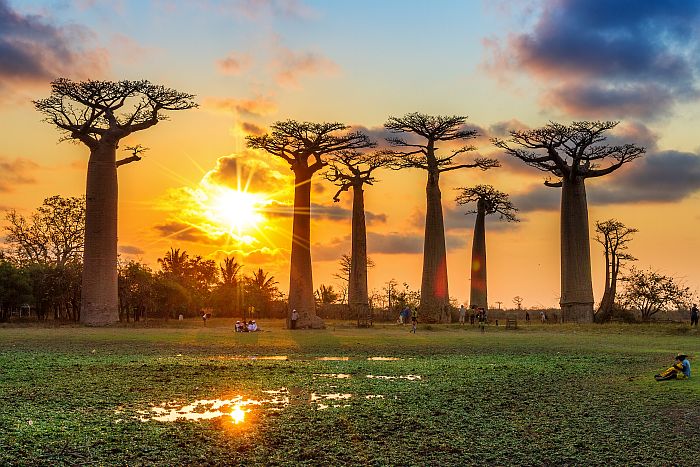
Don’t Miss:
- Avenue of the Baobabs sunset, Western Madgascar
- Tsingy de Bemaraha pinnacles, Western Madagascar
- Sandstone arches of Isalo,
- Emerald rice terraces, also in the Southern Highlands
8) Secluded Tropical Beaches in Madagascar
Why it Wows:
Palm‑fringed sands, zero high‑rise hotels, and seafood so fresh it still thinks it’s in the ocean.
Madagascar’s beaches are probably one of the most undiscovered secrets of the Indian Ocean. You can choose between Nosy Be or one of the northern islands, Ile Sainte Marie or the southern beaches near Ifaty or Fort Dauphin.
All will offer you miles of unspoilt palm-lined beach, snorkeling and diving and some of the best seafood around. No high rise resort hotels spoiling the landscape here. Only the sight of fishermen plying the trade using traditional dug-out canoes (pirogues). Freshly caught seafood is a drawcard in its own right with oysters, crab and lobster all readily available.
Where to Visit
9) Front Row Whale watching in Madagascar
Why it Wows:
From June to October humpback whales calve in the warm channel off Île Sainte Marie—often breaching within sight of your hammock.
Humpback whales come close to the Madagascar coast from mid June through to October. Whale watching is an enjoyable pastime all the way up from Cape Town through to Zanzibar. However, the key difference between South Africa and Madagascar is the warmth of the Madagascan water and the warmth full stop. Especially in the winter months of July and August.
Ile Sainte Marie is associated with whale-watching in particular. During the annual migration, humpback whales can be seen breaching and blowing in the narrow canal that separates the island from the mainland. Even though they are up to 15m in length and weigh 30 to 45 tons, they comfortably breach the water. This means that they are easily seen from the shore. However the best way to see them is out on the water with a marine specialist. Such as on the whale trips offered by the Princess Bora Lodge.
Nosy Be is less well known for whales, but they are often seen from dive boats or when visiting Nosy Tanikely.
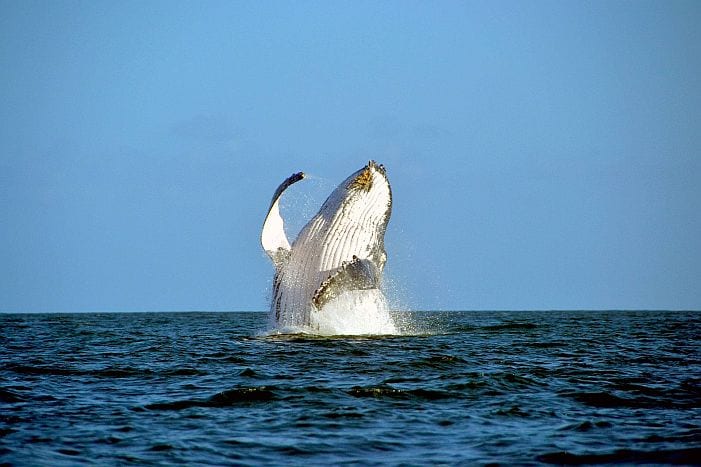
Ideal spots to see Whales:
Ile Sainte Marie
Nosy Tankely, off Nosy Be
10) Orchids & Botanical Wonderland
Why it Wows:
13 000 plant species, 80 % endemic, including all eight baobab species and over 750 orchids.
The orchids have adapted to every possible habitat including even the dry spiny forests of the south. In fact the majority are to be found in the eastern coastal area.
All around the island you will see impressive palm and fern species. This includes the aptly named traveller’s palm. It provides a welcome source of water to weary travelers, huge bird nest ferns and ancient cycads. Also Madagascar is known for its succulents.
The Eastern rainforests are home to two carnivorous ‘pitcher plant’ species. (All other pitcher plants are in south-east Asia.) Its likely they arrived on the island – by boat – along with the first traders from the east. There are also around 300 butterfly species, two thirds of which are endemic to the island. Thousands of moth species also inhabit the island, including the huge yellow comet moth with a wingspan of up to 25cm!
Floral Hot Spots:
Montagne d’Ambre National Park, northern Madagascar
Ranomafana National Park, Southern Highlands
Palmarium Reserve, Pangalanes Canal, East Coast

Sweet Bonus: Madagascan Chocolate
Fine‑flavour cacao + French pastry savoir‑faire = dangerously delicious souvenirs from Antananarivo’s boutique chocolatiers.
Madagascar produces some of the best cocoa in the world. That, together with its French colonial influence, has resulting in some excellent chocolatiers. These are worth seeking out in Tana.
Madagascar’s Calling (and It’s Not Just the Indri Indri Lemurs)
If Madagascar isn’t already on your bucket list, it might be time to get a bigger bucket. From dancing lemurs to surreal landscapes, this island doesn’t do ordinary. It’s wild, it’s weird, and it’s wonderful.
Who we are:
At Cedarberg Africa, we’ve been crafting exceptional African journeys for over 30 years. We’re a team of safari experts who don’t believe in “off the shelf.” Whether you’re a first-timer or a seasoned traveller, we design trips that reflect your style, pace, and dreams.
3 Easy Steps for Planning your Madagascar Adventure?
- Head to our Madagascar page and perhaps look at our sample tours. Perhaps read our blog on Planning your Madagascar Safari
- Chat to us or send Send an Enquiry to tell us about your interests, time-frame and must-sees
- Craft a tailor‑made itinerary that hits your must‑see attractions without the logistical headaches.
Let’s Get You to Madagascar
Drop us an email or call us today. Whether you're curious or committed, we’re here to guide you—without the fluff, and with all the know-how that comes from 30 years on the job.
Contact Us NowRelated Articles:

